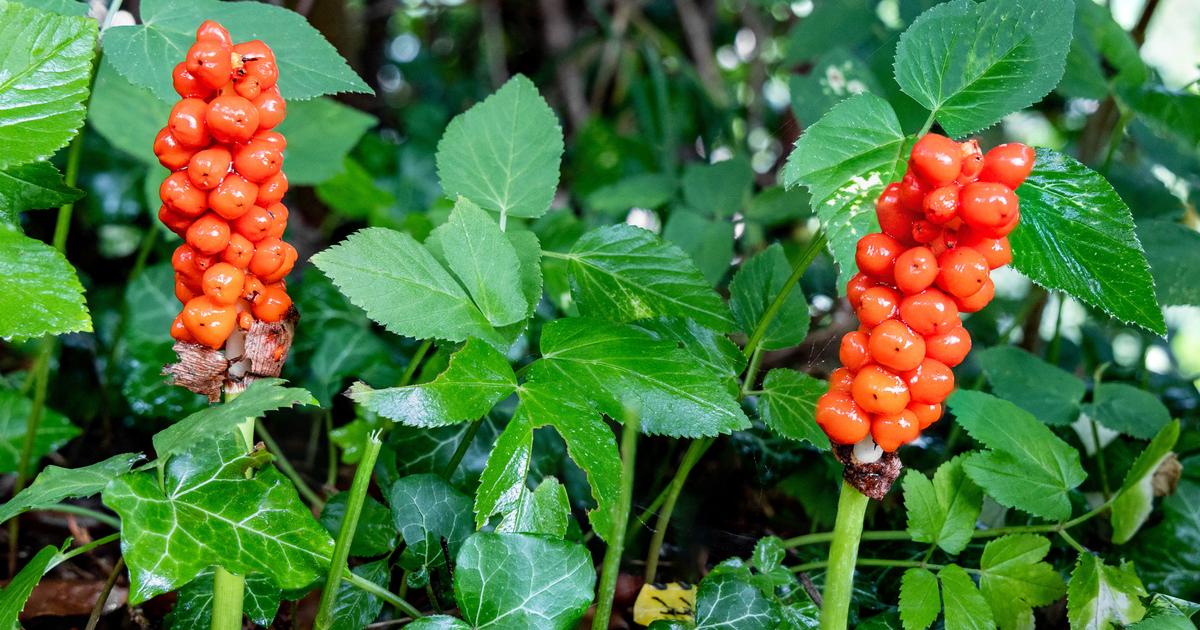When we decorate our garden with plants, we hope to find plant beauties that are not fragrant.
It does happen that some plants have a very unpleasant scent.
Selection to spot them before smelling their scent.
To discover
What to plant, sow or harvest in March?
The stinking nettle
The Stinking Nettle Adobe Stock
From the Lamiaceae family, the stinking nettle (or wood nettle), is a hairy perennial herbaceous plant which finds its place in humid places such as woods, in rich and well-drained soil.
Its leaves are oval and pointed at the end and are edible (raw or cooked).
They initially give off an odor similar to a damp mop and secondly, once crumpled, the smell of a mushroom.
Its flowering takes place at the beginning of summer, with the appearance of purple flowers at the top of the stem.
Ginkgo
The tree with forty crowns Adobe Stock
Ginkgo and silver apricot tree are the other names given to the tree of forty crowns, from the ginkgoaceae family.
Originally from Asia, it is a very hardy ornamental shrub which can reach thirty meters, if planted in well-drained and deep soil, with a sunny exposure.
Its deciduous foliage, which has the shape of a green fan in spring and summer, takes on a yellow color in autumn which shines with the reflections of the sun, hence its name of tree of forty crowns.
On the other hand, its fruits have the reputation of giving off a nauseating odor, due to their fatty acid load, when they decompose on the ground in autumn.
Also read: How to get a ginkgo tree that is vegetating to restart?
The fetid hellebore
The fetid hellebore Adobe Stock
Belonging to the Ranunculaceae, the fetid hellebore is also called griffin's foot, bear's paw and fool's weed.
It is a perennial herbaceous flowering plant that grows in limestone, clay soil, if possible cool or dry, in sun or partial shade.
Its thick, hairless stem of around thirty centimeters is covered with long, persistent dark green leaves which emanate an unpleasant scent when they are crushed.
Between winter and spring, melliferous flowers appear like inclined light green bells and a purple border at the top.
Be careful with this plant because it turns out to be toxic.
The spotted arum
Spotted Arum Adobe Stock
The spotted arum (or
arum maculatum
) is an undergrowth perennial recognizable by its spathe and its grouped orange berries which are toxic, as well as its shiny green leaves, pointed and with black spots.
Belonging to the Araceae, the spotted arum grows in the shade, in rich, fresh soil but emits an odor of excrement and urine which attracts many pollinating insects.
Fetid anthemis
Fetid anthemis Adobe Stock
The foul anthemis nicknamed stinking anthemis, dog chamomile, maroute chamomile, stinking chamomile or even cow's eye is part of the Asteraceae family.
It grows in neutral, cool soil, in the sun.
This herbaceous annual plant flowers in summer with white flowers and a yellow center, similar to daisies.

